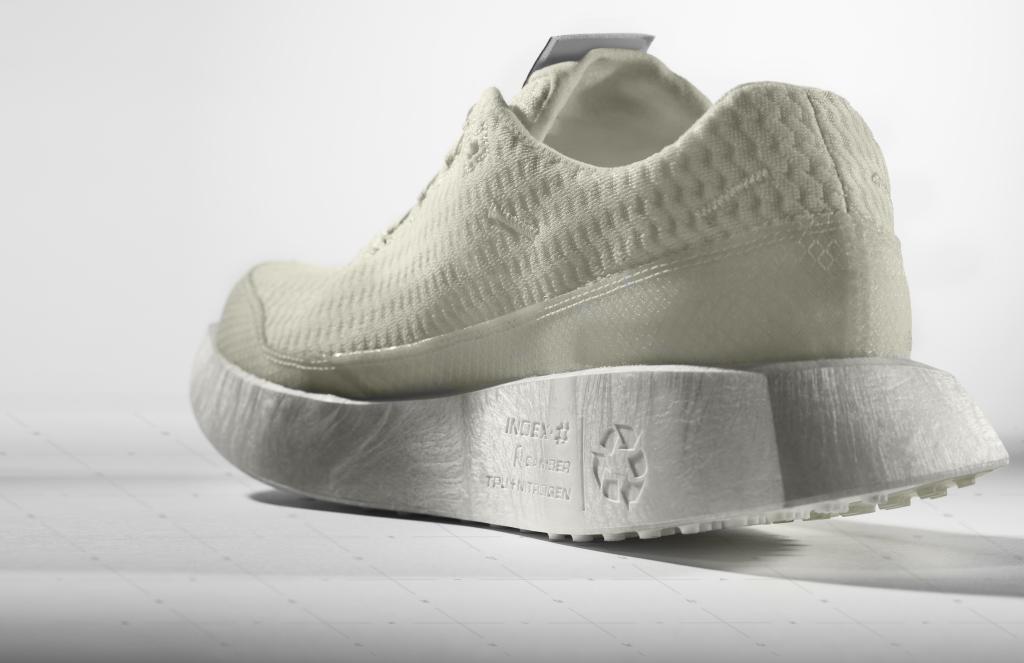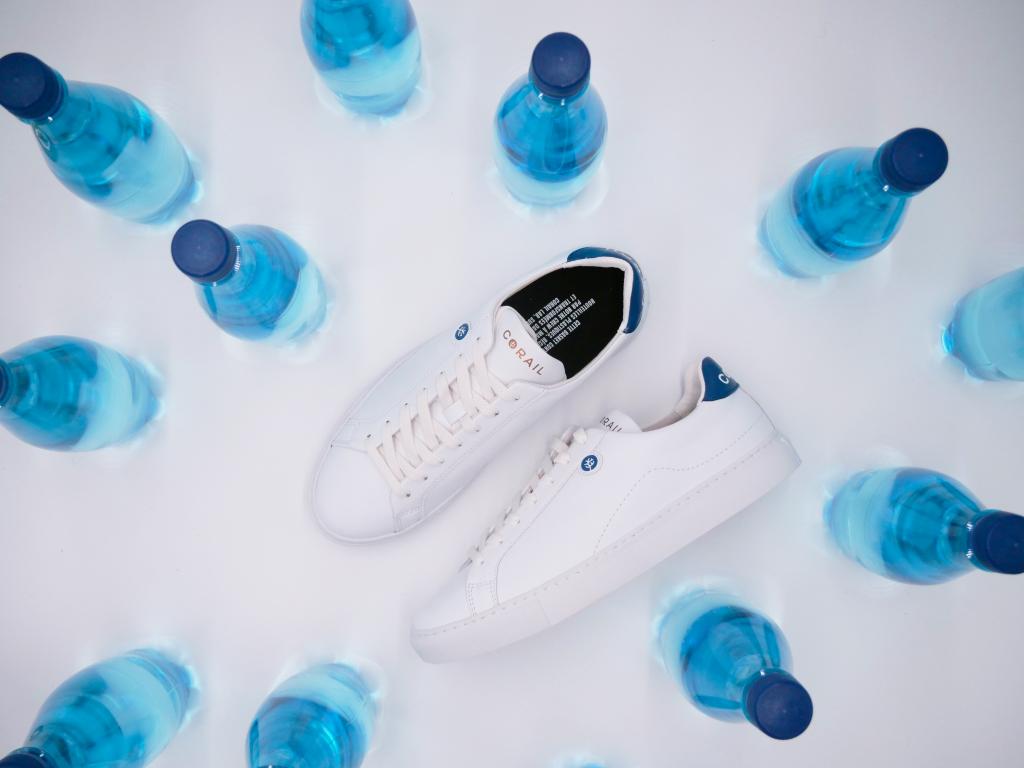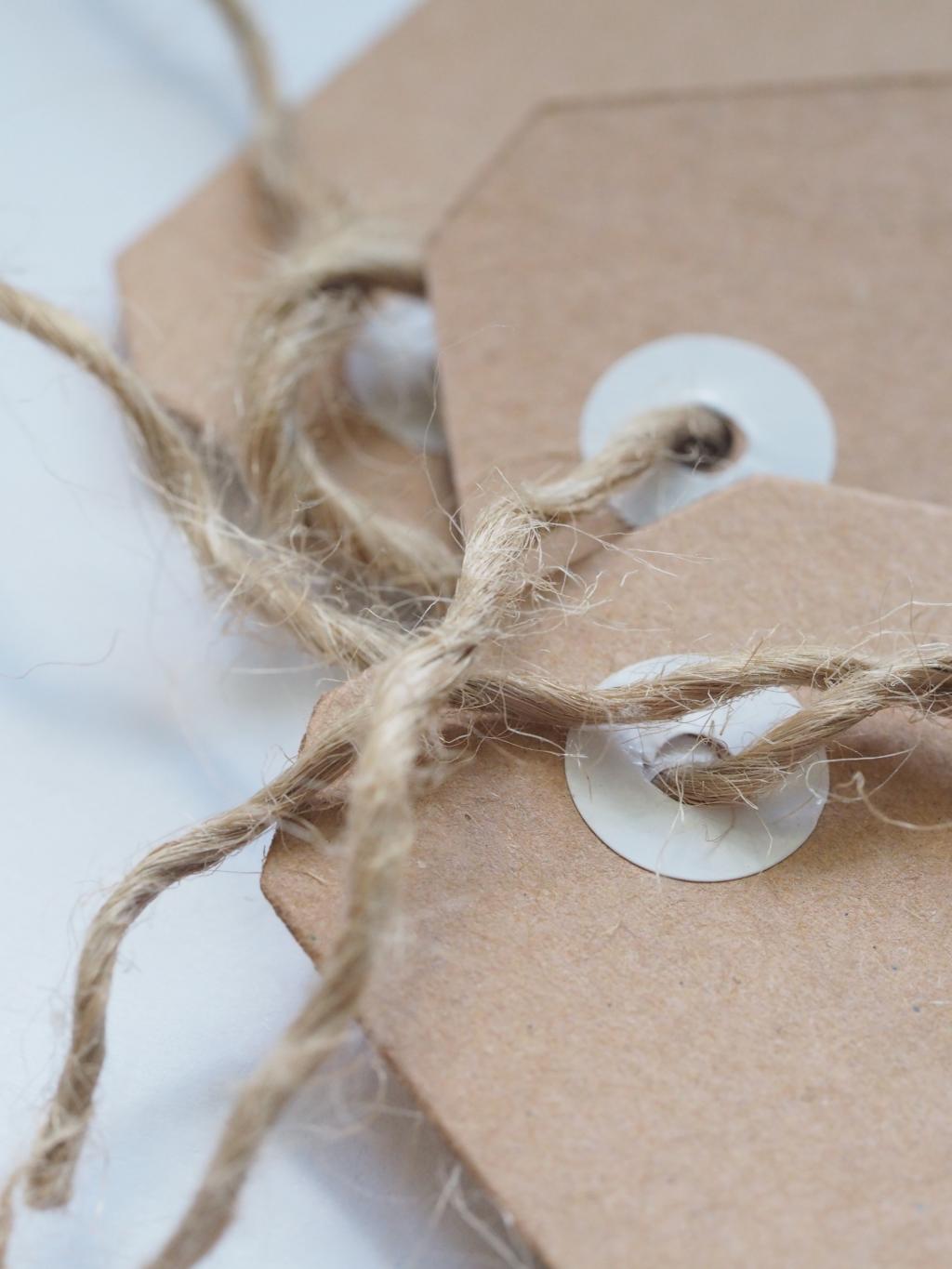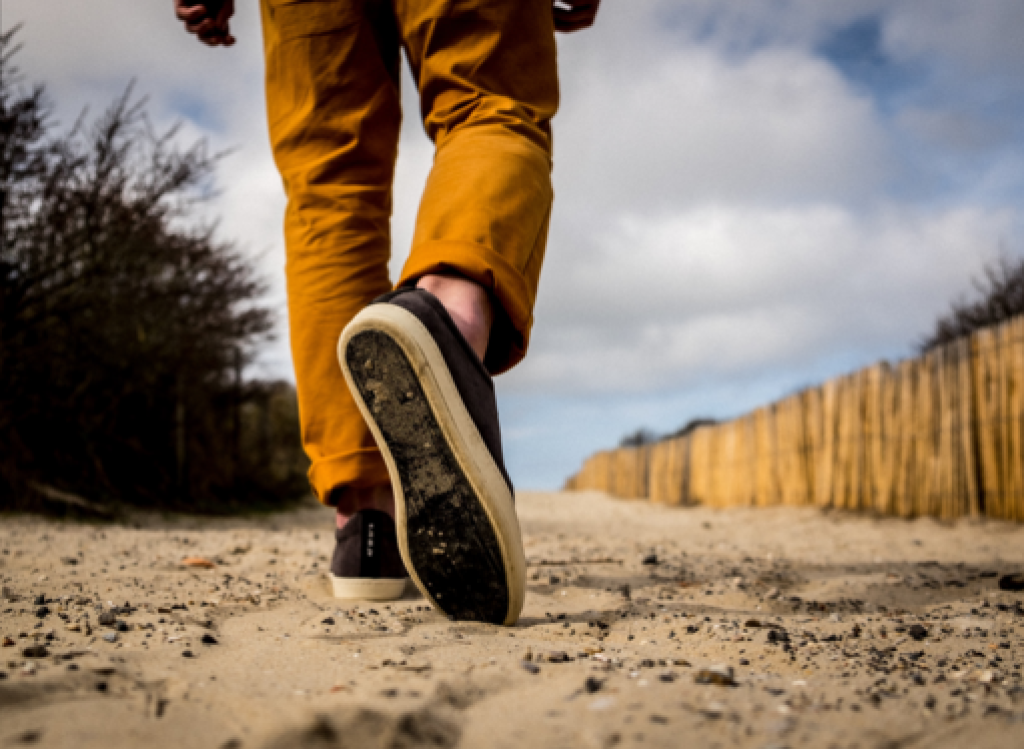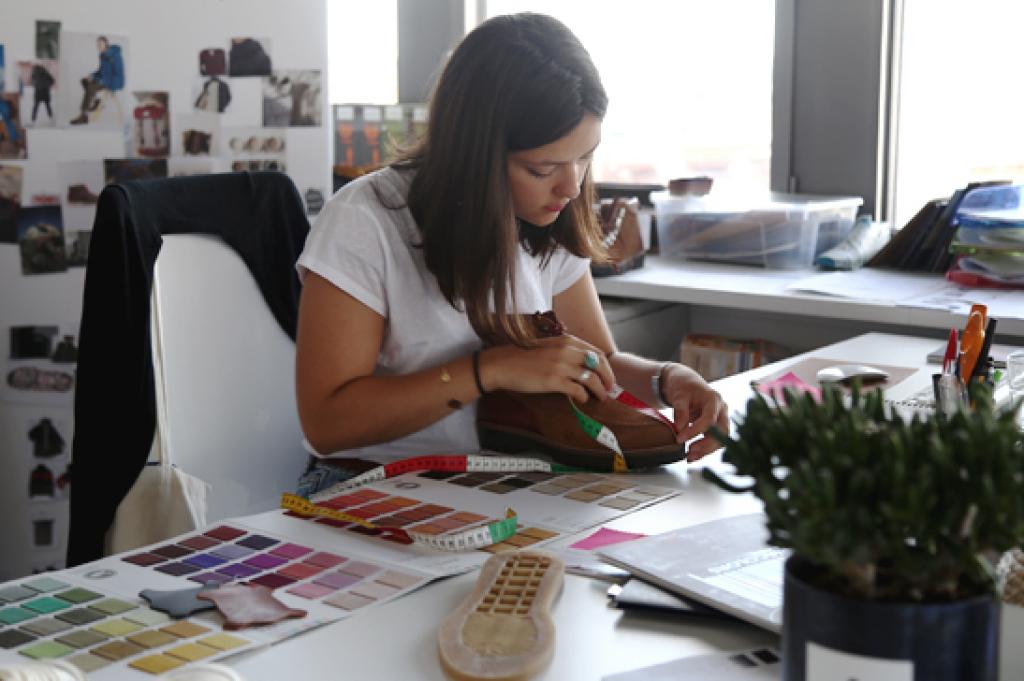Context and description
Eco-design is an ambitious initiative which must be an integral part of the product development process. All of the core businesses must be involved, from product design to shop delivery.
Integrating this initiative into your collections is a gradual process. You should begin by eco-designing a limited number of products which have been carefully prioritised. Product choice criteria are numerous: sales volumes, margins, complexity of the product, customer expectations etc.
It is therefore important to be properly guided and equipped in this initiative to enable these first "experiments" to not only raise awareness among your teams but also to clearly increase their capacities and subsequently enable them to ensure a wider deployment of the eco-design initiative within your product development process.


